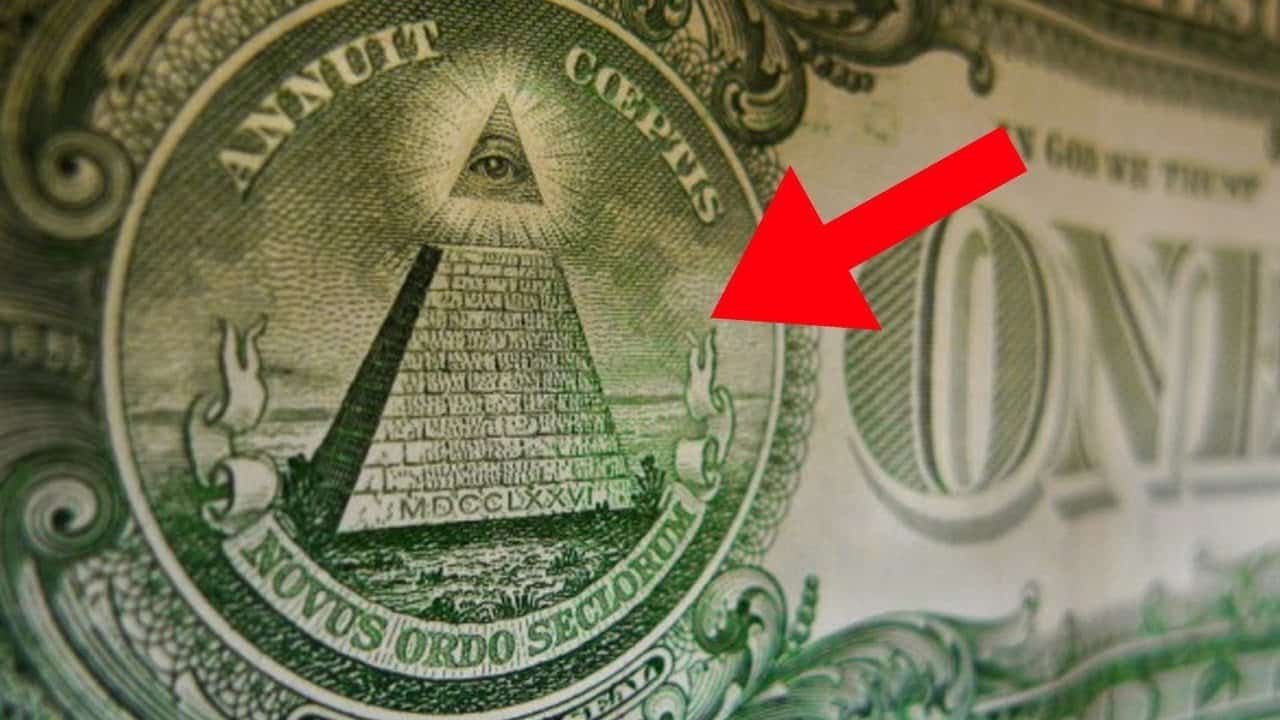Encountering error code 526 can feel like hitting a wall when you’re trying to navigate your website. But fear not! I’m here to unravel the mystery behind this pesky little error, guiding you through what causes it, how to fix it, and when to call in the pros. Hopefully, by the end of this, you’ll be able to surf the web like a pro.

Key Takeaways:
- Understanding Error Code 526: This error occurs due to certificate validation issues between Cloudflare and your origin server, affecting your site’s security and accessibility.
- Causes and Implications: There are several reasons for a 526 error, including an expired SSL certificate or misconfigured settings, leading to potential risks for your website’s trustworthiness.
- Fixing and Updating: There are several straightforward steps to resolve this issue, including checking SSL certificate validity and ensuring proper Cloudflare settings are in place.
Understanding Error Code 526
Okay, so let’s dive into the nitty-gritty. You see, error code 526 is like that stubborn kid on a playground who just won’t let you play unless you have the right toy. This pesky error pops up when there’s a problem with the SSL certificate between Cloudflare and your origin web server. In simpler terms, it means your site security has hit a snag, and your website’s visitors may see a big ol’ error instead of the lovely content you’ve crafted.

Causes of Error Code 526
Now, why does this happen? Well, there are a few culprits in the mix. First off, your SSL certificate may have expired. It’s like that milk you forgot about in the back of the fridge—one day it’s fine, the next day, yuck! Secondly, it might be misconfigured settings causing the hiccup. Think of it as trying to fit a square peg into a round hole. And who can forget about the possibility that your origin server is down? It’s like trying to call a friend who’s on a permanent vacation—good luck with that!

Implications of Error Code 526
So, what does this mean for you? Well, for starters, it can hurt your website’s credibility. Users might be hesitant to trust a site that pops up error messages like a game of Whac-A-Mole. And let’s be honest, nobody likes a website that gives them a headache. If left unmanaged, this error could lead to a significant dip in your site traffic. It’s like throwing a party but forgetting to send the invitations—no one’s showing up!
How to Check SSL Certificate Validity
Alright, let’s get to the meat of the matter. To check if your SSL certificate is valid, you can simply visit your website and look for a padlock icon next to the URL. If it’s there, you’re good to go; if not, then it’s time to dig deeper. Websites like SSL Labs can also help with a detailed report. It’s like having a personal mechanic check your car—you wanna know what’s wrong before hitting the road!

Steps to Fix Error Code 526
Ready to roll up your sleeves? Here’s how you can tackle this error head-on.

- Check Your SSL Certificate: Make sure it’s valid and hasn’t expired. If it has, it’s time for a renewal.
- Verify Server Configuration: Check that your server is set up correctly for SSL. A little misconfiguration can go a long way!
- Cloudflare Settings: Ensure that you’ve switched the SSL settings on Cloudflare to “Full” or “Full (strict)” if your certificate is properly configured.
Updating Your SSL Certificate
If you find your certificate is expired—not to exaggerate, but that’s like sending a dinosaur to a space race—you need to act fast. When updating, choose a reliable SSL provider and ensure that the renewal process doesn’t create any hiccups. I always say, staying ahead of the game is better than playing catch-up.
Cloudflare Settings and Configuration
Let’s not forget about Cloudflare. Imagine they’re your security guards, and you want to ensure they have the right instructions. Double-check your SSL options in the dashboard. Set it to “Full” or “Full (strict)” mode, depending on the SSL configurations of your origin server. If Cloudflare is confused, just think how the visitors feel! It’s all about getting everyone on the same page.
When to Contact Your Hosting Provider
If you’ve tried everything and the perplexing error still lurks, it might be time to bring in the big guns. Contact your hosting provider and explain the situation. They might have insider knowledge or tools at their disposal that can untangle any knotty issues. Besides, they can often fix things faster than you can say “error 526.”
Conclusion
Summing it all up, error code 526 can feel like a dark cloud hovering over your sunny day, but understanding the roots of this problem can help you bring back the blue skies. You learn to check SSL validity, update certificates, and verify Cloudflare settings step by step. With each effort, you pave the way towards a smoother sailing experience on the web. So keep an eye on that padlock icon, and may your website always shine bright!





















